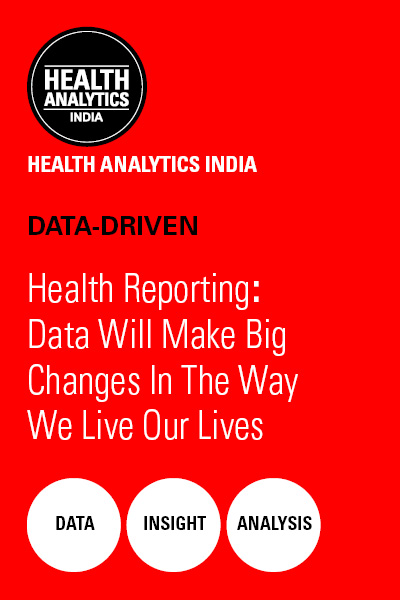Health Analytics India - An Initiative By dataLEADS

Nabeela Khan / March 25, 2016
It is very important to ask questions about the data such as where do these numbers come from, who collected them, how and what are the demographics and sample size of data. It is also important to know what was not included in these figures? Is the data consistent with other sources? Often when when you go through all these questions, we get the impression that nobody really knows anything concrete about health data in India.
For example, the rabies story, clearly shows data collection is deeply flawed, primarily because local officials are submitting incomplete data which mask depth of the deadly disease.
The data collection has become a major issue in India. While talking to the doctors and health data researchers, we are told that doing research is a big challenge. There is no comprehensive and verified data available even about major diseases such as cancer. In an earlier interview to me, Dr. Sameer Kaul, India’s leading surgical oncologist, said that the dearth of data on life-threatening diseases like cancer is astonishing. The latest National Health Profile 2015 has repeated data on cancer from the year 2011 in its latest release which narrates the stale tale of data, collection and research in India.
Similarly there is a complete lack of data about hospital-acquired infections. In India, there is no national registry for recording the infections. In the countryside, asking for the basic data is impossible.
There are no cohort studies; community-based studies are really difficult; and until 2007 there hadn’t even been a department for health research in India. The most important factor when it comes to collecting data specifically on health is, 90% of Indian population visits and aspire to visit a private practitioner or a private hospital whereas the data is collected from government sources which gives a very small sample size of the population.
Most of the times,the government data is inaccurate and not-timely as the studies are sanctioned over a long period of time. So the data which is fresh at the beginning of the research may become obsolete over a period of years.The reason for lack of data is generally lack of funds for proper research in such areas and dearth of human capacities to conduct research at a large level.
High technological dependence which is not reliable, lack of training, poor management, sometimes dearth of tech-savvy staff (as technology dependence is high in collecting data), scrupulous human resources and lack of attention leads to errors.
Demographic heterogeneity, dispersed and a large population size are other factors responsible for collection of shoddy data, and give a poor picture of the health of the citizens.
The gap between official data and reality implies that thousands of people die without an accurate diagnosis, according to a study by the British medical journal The Lancet.
Given reliable statistics are key for economic planning and policy making, doubtful statistics will only lead us to wrong policy, direction.

.jpg)